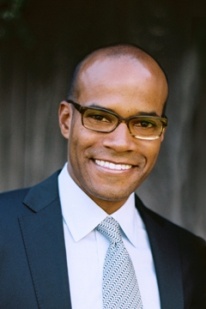The Museum of Modern Art announced an interesting hire the other day: Darby English, who recently became the Starr Director of the Research and Academic Program at the Sterling and Francine Clark Art Institute, will join MoMA (part-time) as a Consulting Curator (in the Department of Painting and Sculpture) for works made by black artists.
 While I perhaps understand the need for MoMA to make up for its lack interest in black artists (its term) in the past, I am not sure this is the way to go about it.
While I perhaps understand the need for MoMA to make up for its lack interest in black artists (its term) in the past, I am not sure this is the way to go about it.
Here is where I give a hat-tip to Hyperallergic, which analyzed the move — and also worried about it — on Mar. 14 (the day of the announcement, which — for some reason — I did not receive). Hyperallergic raised several concerns, including the question of whether this ghettoizes black artists and the very definition/categorization of black artists.
With which I agree and add: Why should black artists be separated from contemporary art? It’s hard to imagine curators of women artists (look at the rightful complaints about Wikipedia categorizing authors as female authors and book stores using terms like women’s novels), or Evangelical artists, or gay artists, or for that matter white artists. Isn’t contemporary art in particular becoming ever more global, less subject to categories of nationality and race? Shouldn’t it all be judged by the same standards?
English’s initial tasks — “an analysis of the Museum’s collection of works in this area, as well as the publication of a critical reader bringing together key texts documenting black artists’ work and its historical reception” — are worthy ones that need doing, though, so I concur with some of MoMA’s goal here. He’ll also help with acquisitions.
But I worry about another: the “development of presentations within the collection galleries and the Museum’s exhibition program.”
MoMA is a universal museum for modern and contemporary art. Specialized museums like the Studio Museum of Harlem, the Jewish Museum, the National Museum of Women in the Arts exist to highlight such categories of art in isolation (usually). I see no reason to blur lines, as MoMA is doing here.
Photo Credit: Courtesy of the Clark Art InstituteÂ
